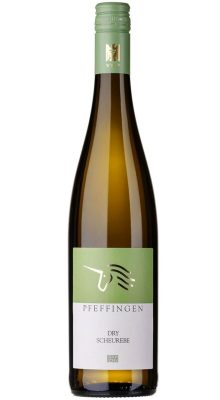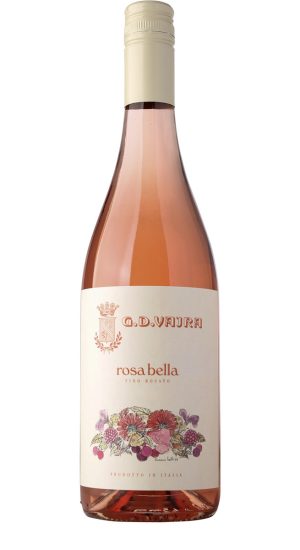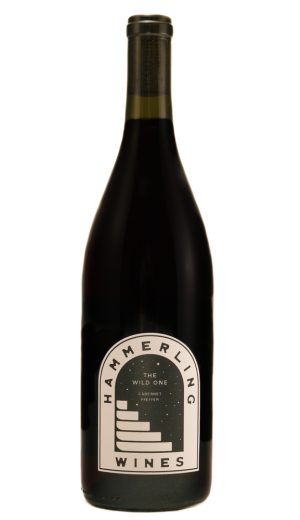How did you end up working at France 44?
After leaving my Job at a local wine distributor, I wanted to get back into the retail side of the industry. France44 was the only store on my list. That was over 16yr ago....
Bill Nosan
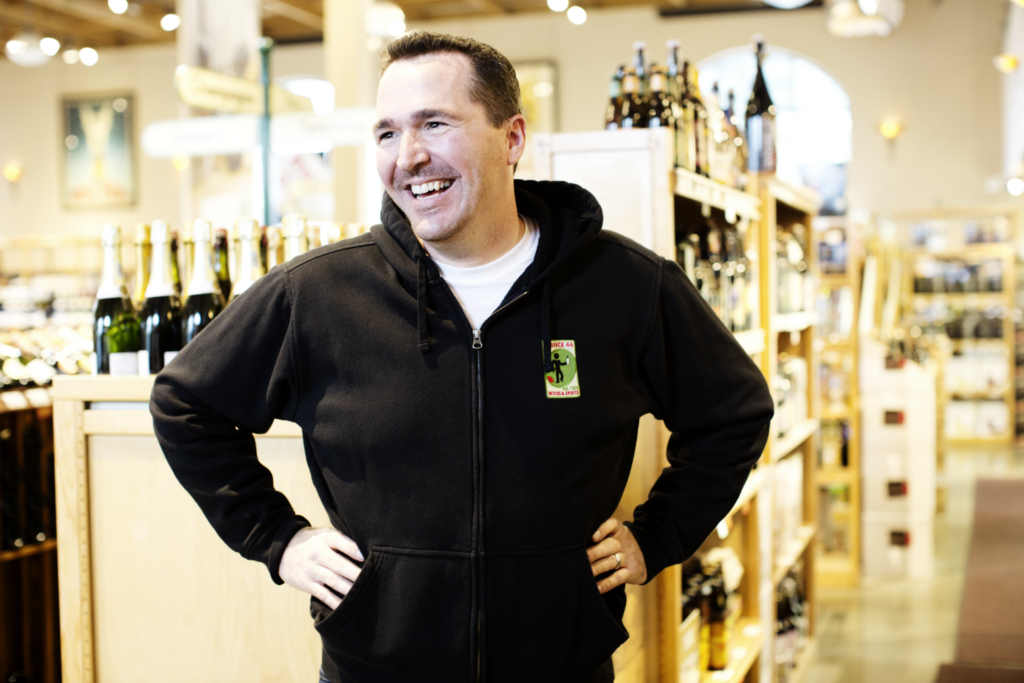
How many businesses have mysteriously burned down shortly after you were employed at them?
Two businesses that I absolutely loved working for burnt down after I left. I have solid alibis for both incidents.
Bill Nosan
Word on the street is that you drink other things than beer...? Is that allowed? And what's you current go-to non-beer drink?
I'm a sucker for a great Gin & Tonic, anything from Ridge Vineyards, South Africa Chardonnay and Chenin Blanc. Also, I'll fight anyone who doesn't think Griottine Cherries are the absolute most important item in a great Manhattan.
Bill Nosan

As the beer buyer, you have seen the rise (and sometimes fall) of many beer trends. What beer trend are you most excited about?
We take a lot of pride in curating a great selection of beer in the department. That means we say no a lot more than we say yes. Obviously, we can't ignore the big trends, but I don't go chasing the smaller ones. If those smaller trends are going to work, they'll happen organically and not because we force them. Plus, trends tend to produce products we really don't get that excited about. Just give us well made classic styles!
Bill Nosan
We've heard you live in a mysterious land call St. Paul. What's one of your favorite restaurants there?
Meritage is our splurge restaurant. El Burrito Mercado, Punch, Parlour and Pajarito are some of our neighborhood hang-outs.
Bill Nosan

We heard you love to cook. What's the best thing you have cooked recently?
Last week I made griddle grilled Nordic salmon with Cajun corn cakes and sauteed green beans. Pretty happy with the end result. Basically, a big plate of comfort. I just started reading The Food Lab and The Wok--both written by Kenji Lopez-Alt. I Love his style of writing and it helps get through his textbook-sized books. Also my love of beef and pork have led me to blindly follow anything that Bradley Robinson of Chuds BBQ does with the grill/smoker.
Bill Nosan
What's your desert island beer?
It would have to be a craft Pilsner. Or a Czech Pilsner.....or maybe a German Pilsner. And of course, Champagne. I try never to be too far away from a good bottle of bubbles.
Bill Nosan

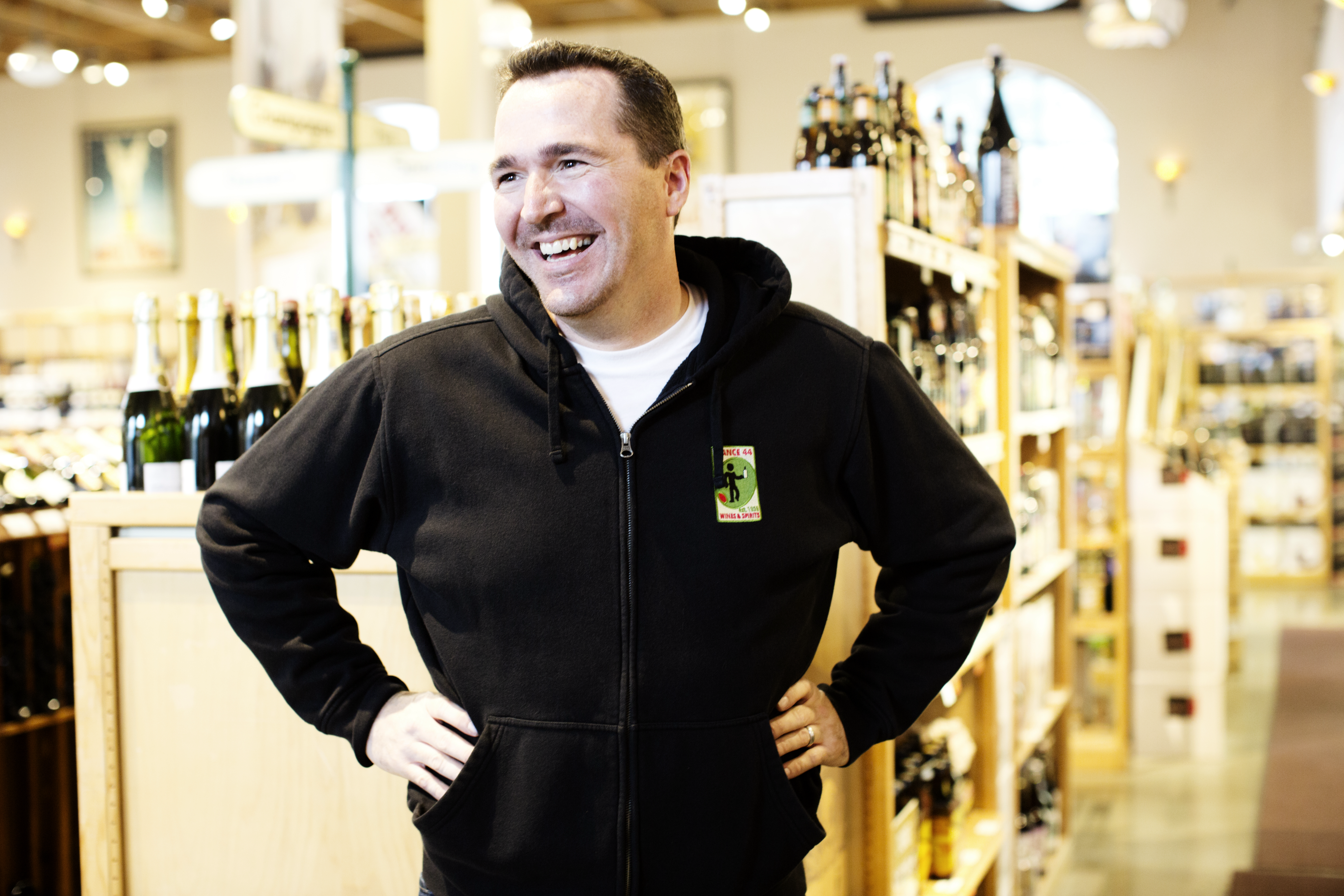
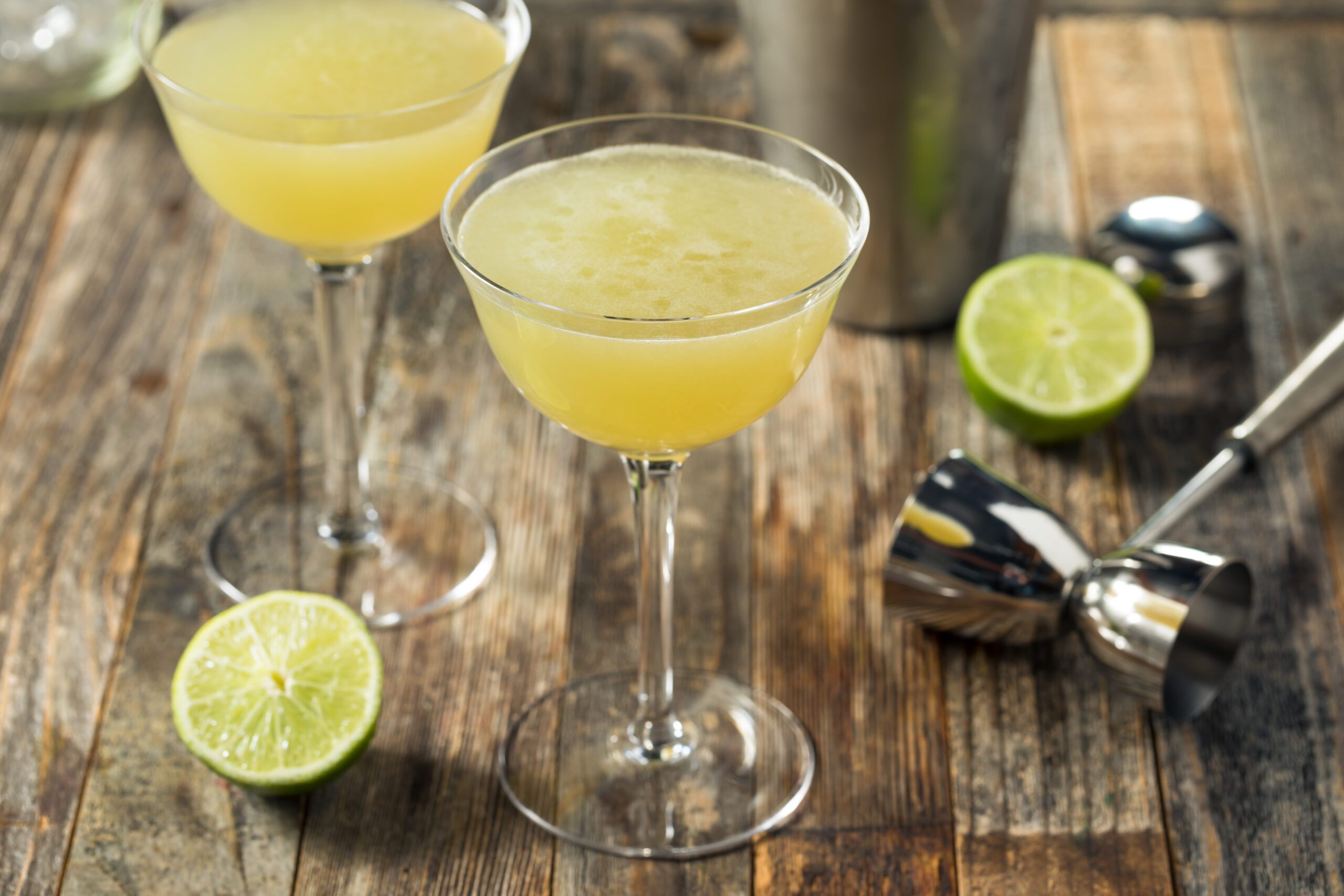

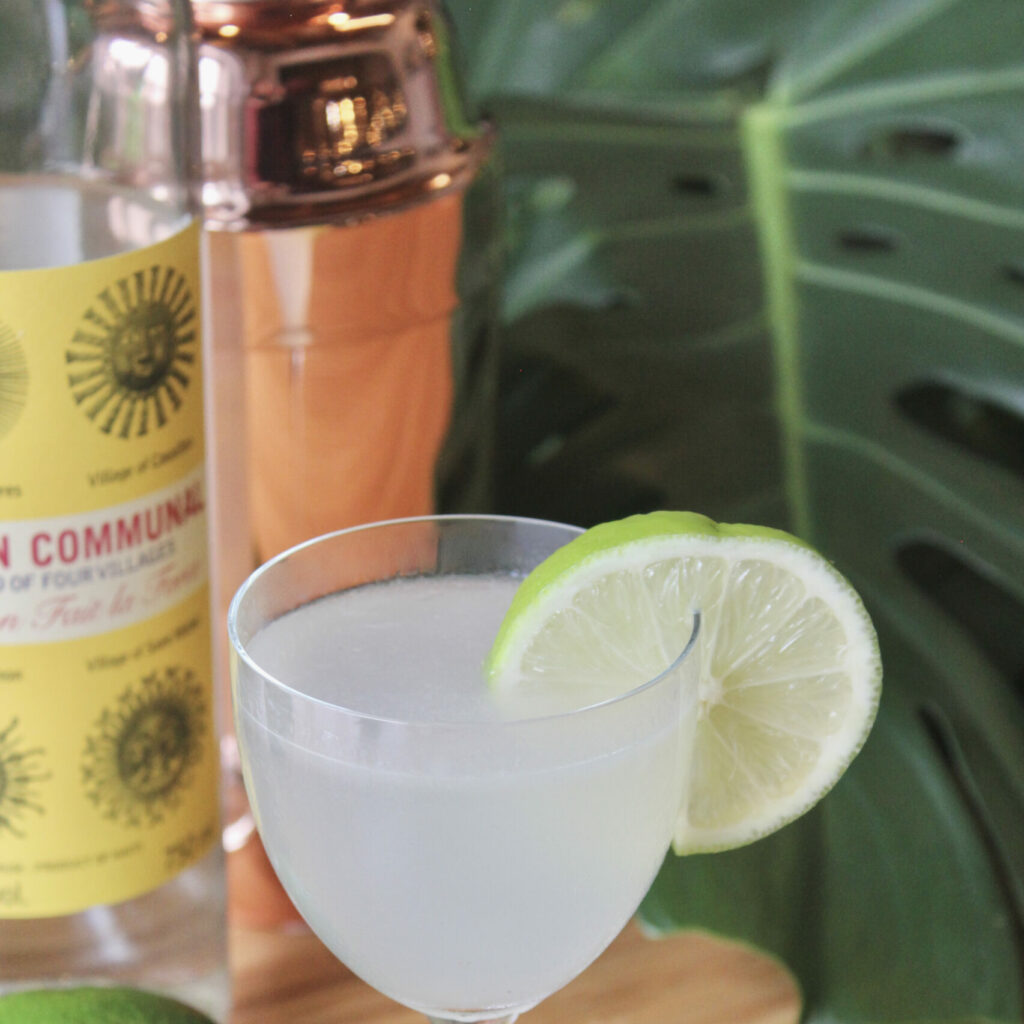
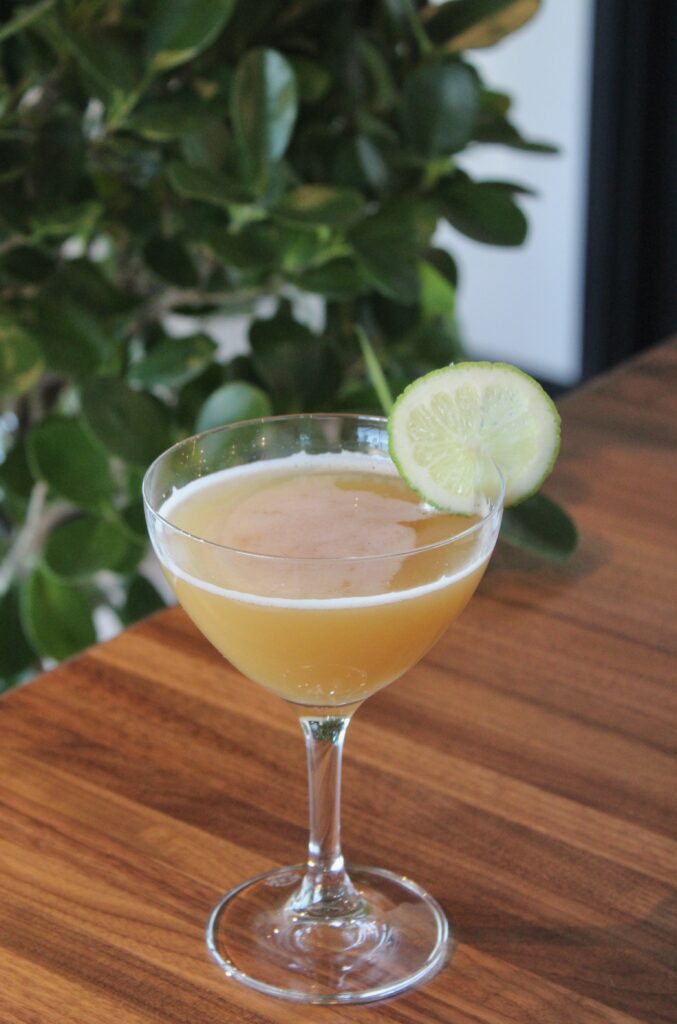
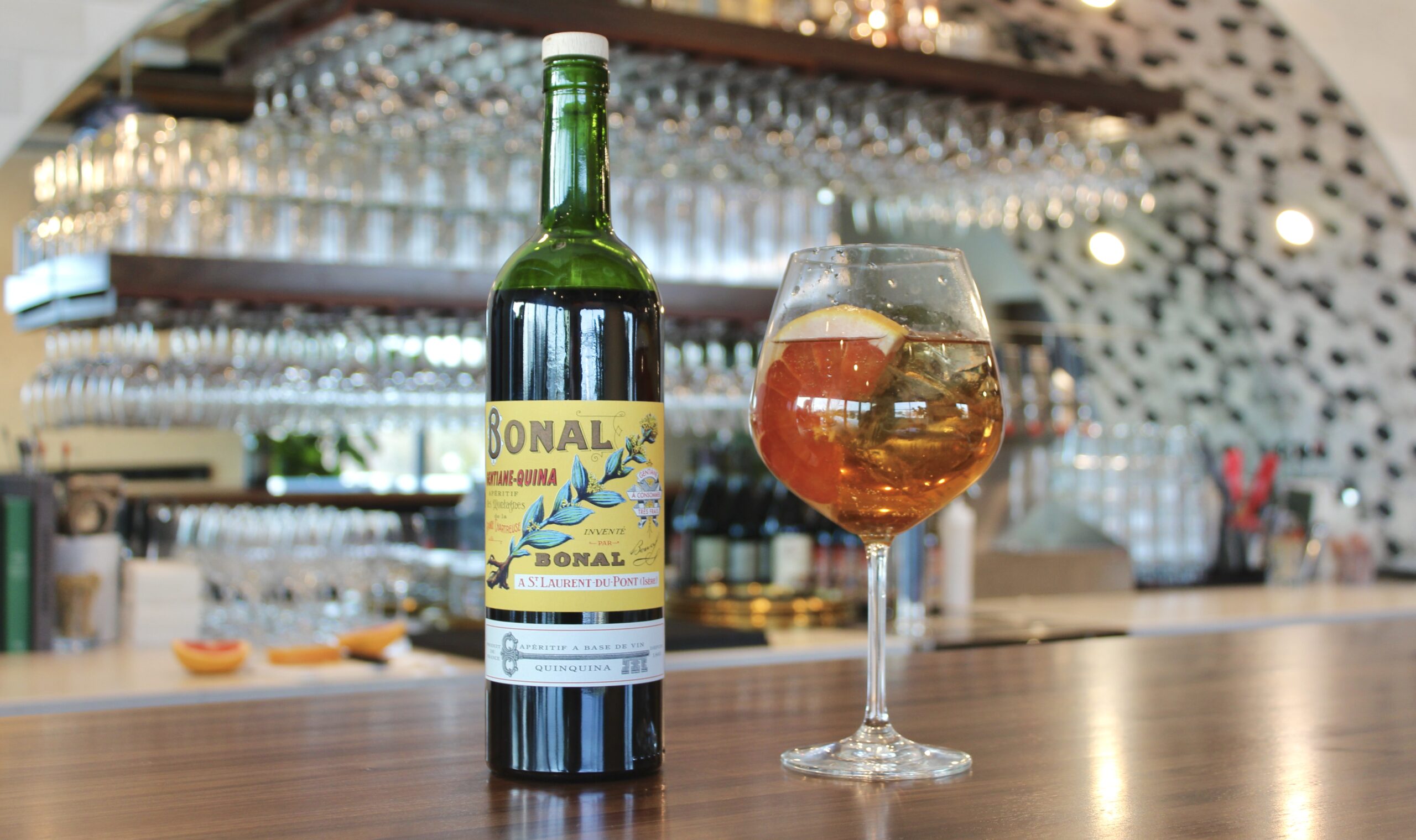
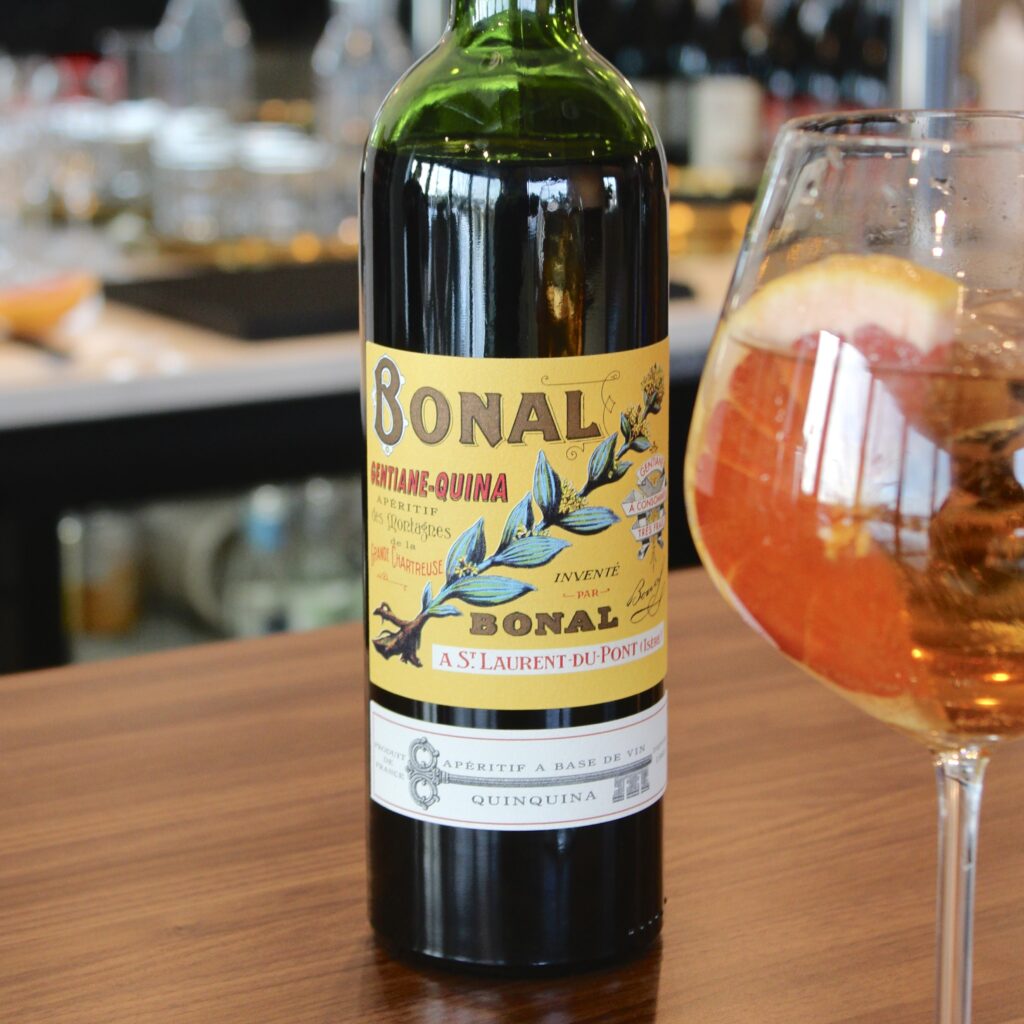
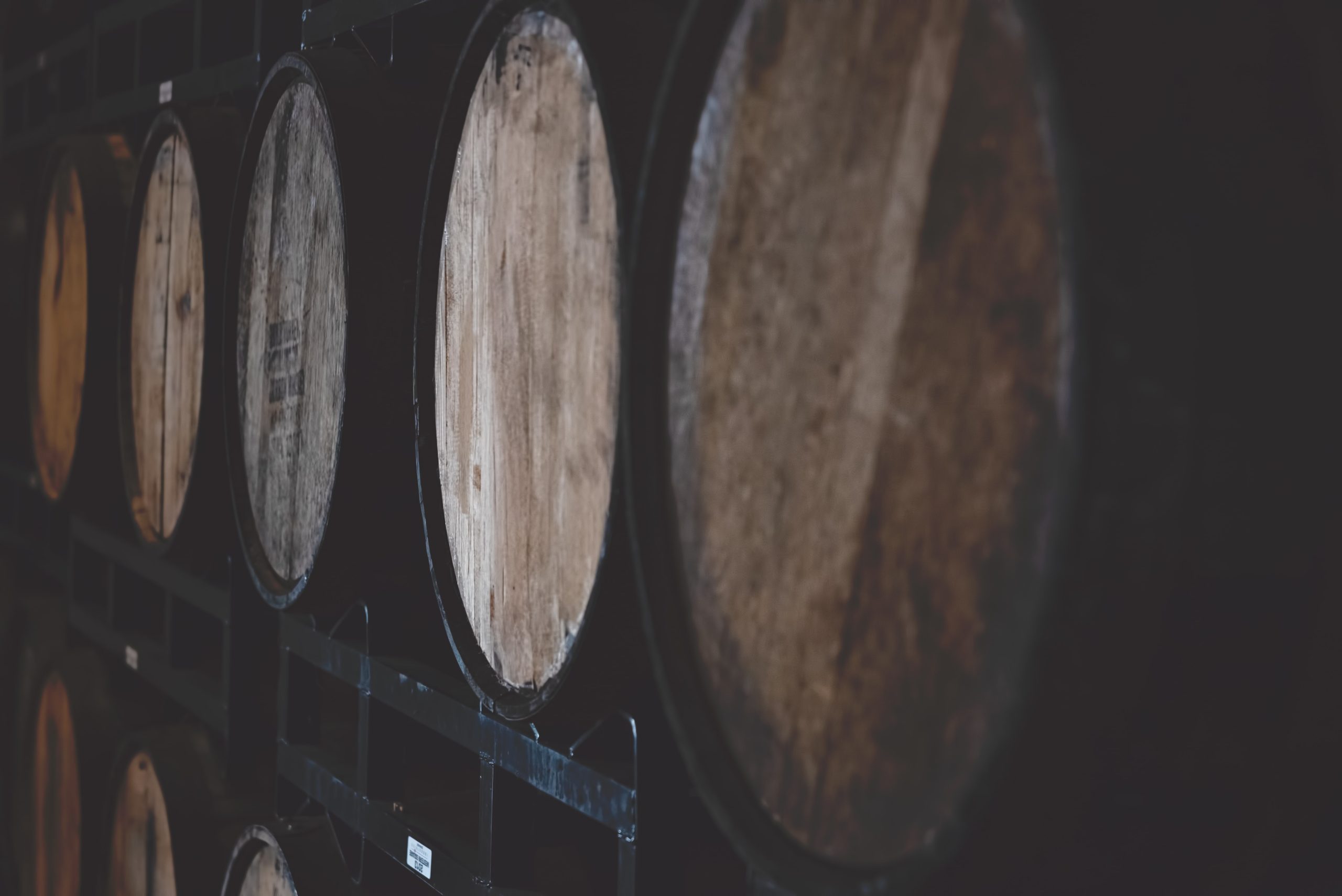
 by Tom
by Tom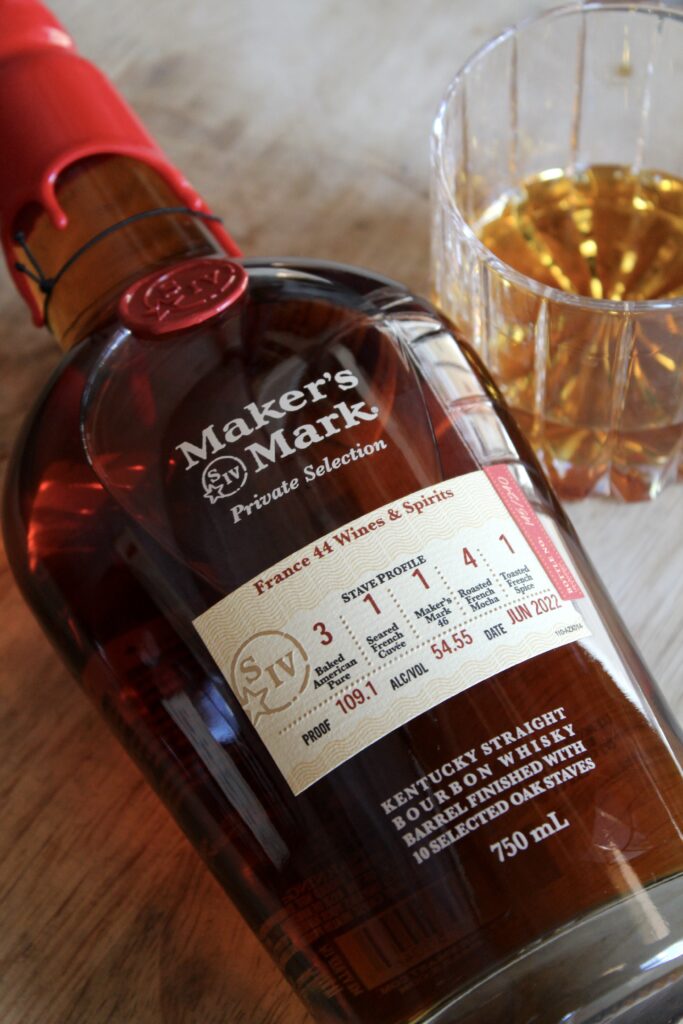
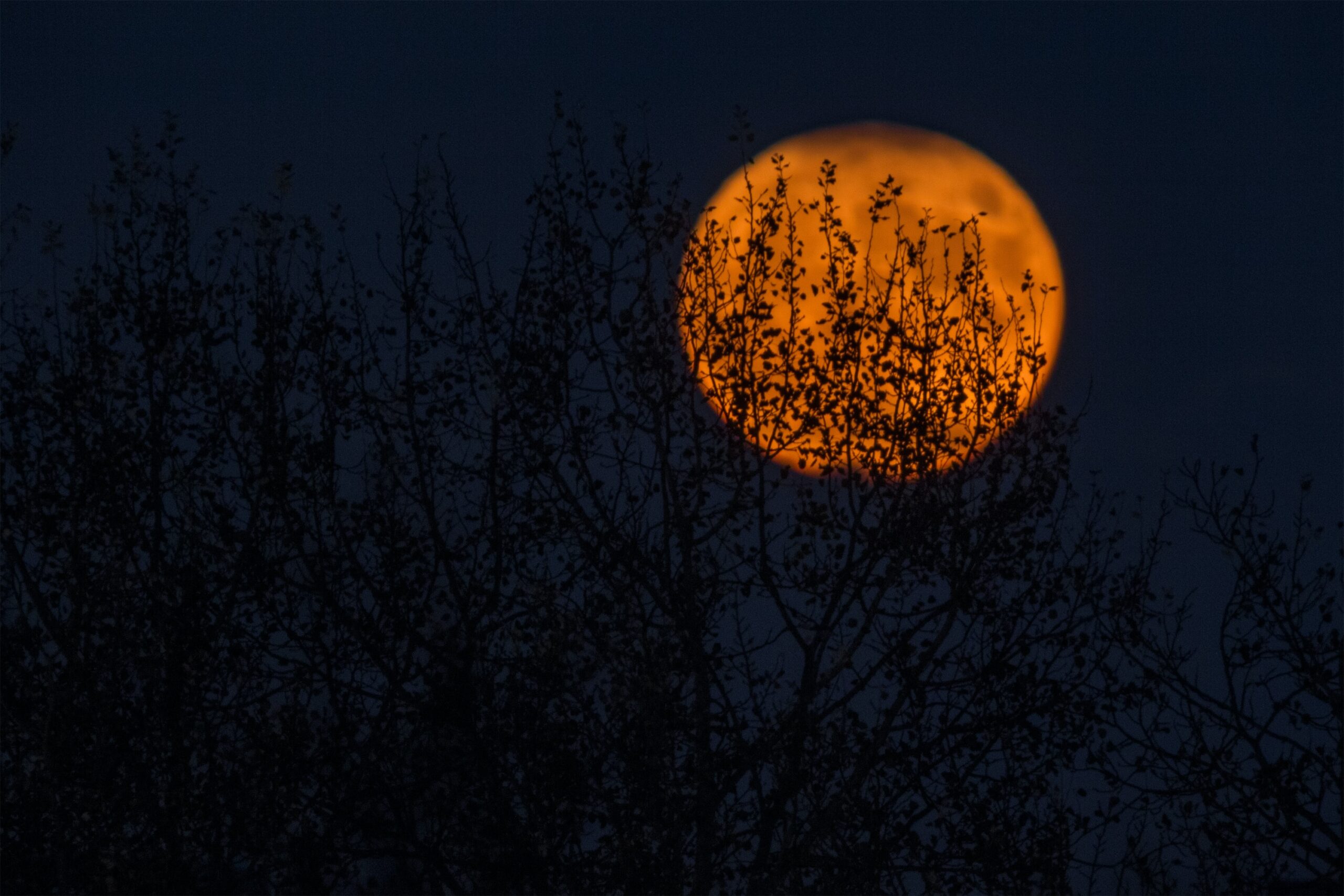
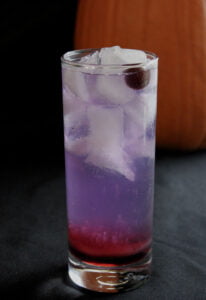
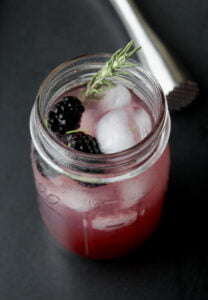
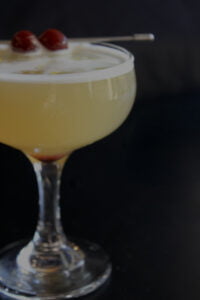 By now you probably have some apple cider sitting in the fridge ready for a new spin. Here’s a fun fall take on the classic sidecar. If you’re feeling adventurous, try this warm during your next chilly evening by the fire. Or if you’re feeling lazy, simply warm up the apple cider, add cognac, and top with whipped cream for an easy treat.
By now you probably have some apple cider sitting in the fridge ready for a new spin. Here’s a fun fall take on the classic sidecar. If you’re feeling adventurous, try this warm during your next chilly evening by the fire. Or if you’re feeling lazy, simply warm up the apple cider, add cognac, and top with whipped cream for an easy treat.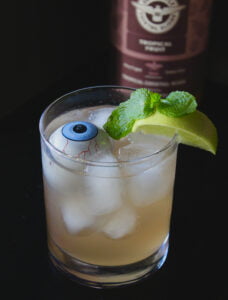 Cachaça Zombie
Cachaça Zombie 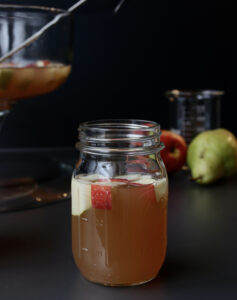 You probably still have some apple cider; we all make the same mistakes every fall, nobody is perfect. So here’s a great recipe to share with your ghoul and goblin friends at your haunted gatherings. Use up that cider and that dusty bottle of pinot grigio you never got to in the summer, and bring the shenanigans to the party!
You probably still have some apple cider; we all make the same mistakes every fall, nobody is perfect. So here’s a great recipe to share with your ghoul and goblin friends at your haunted gatherings. Use up that cider and that dusty bottle of pinot grigio you never got to in the summer, and bring the shenanigans to the party!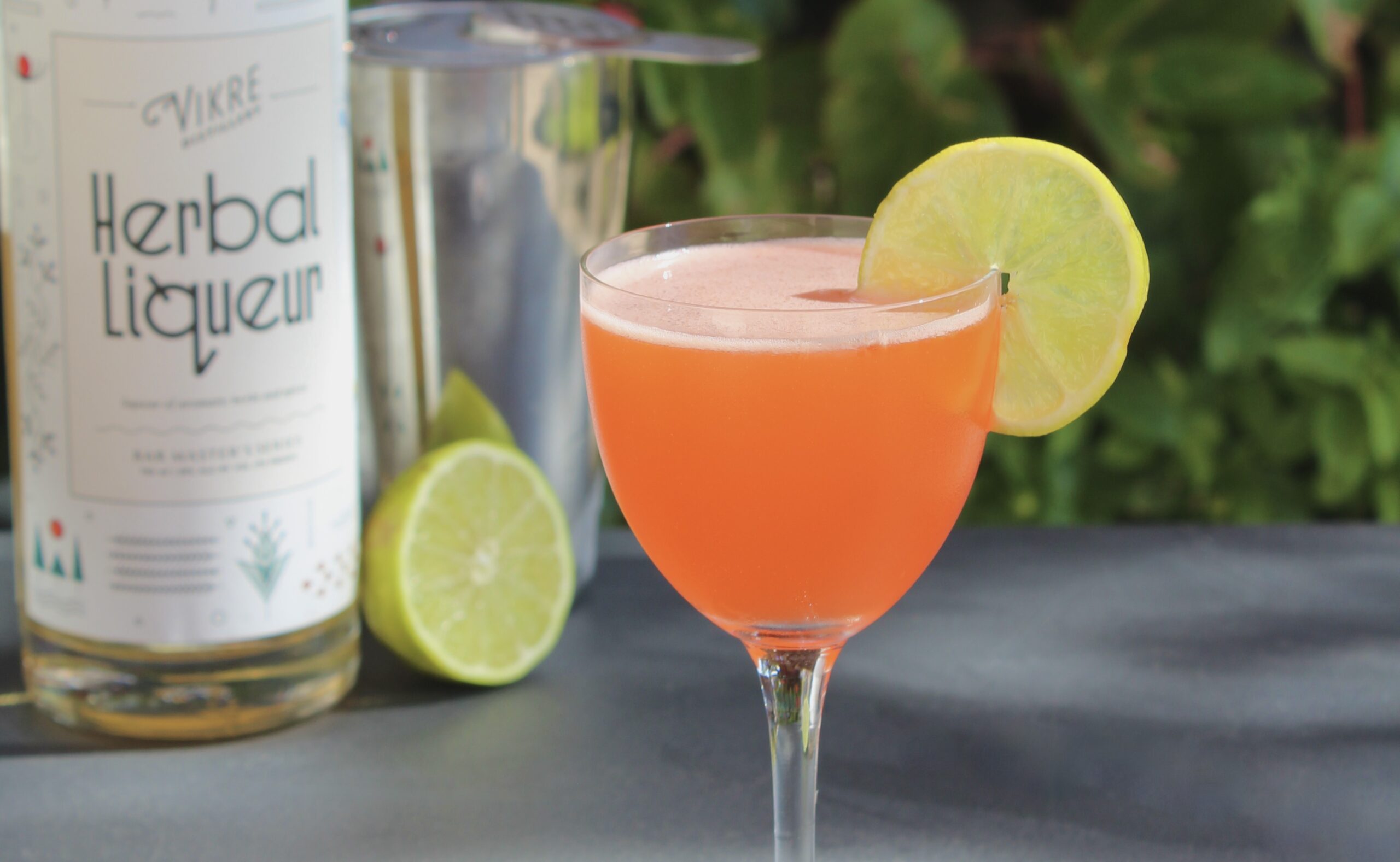
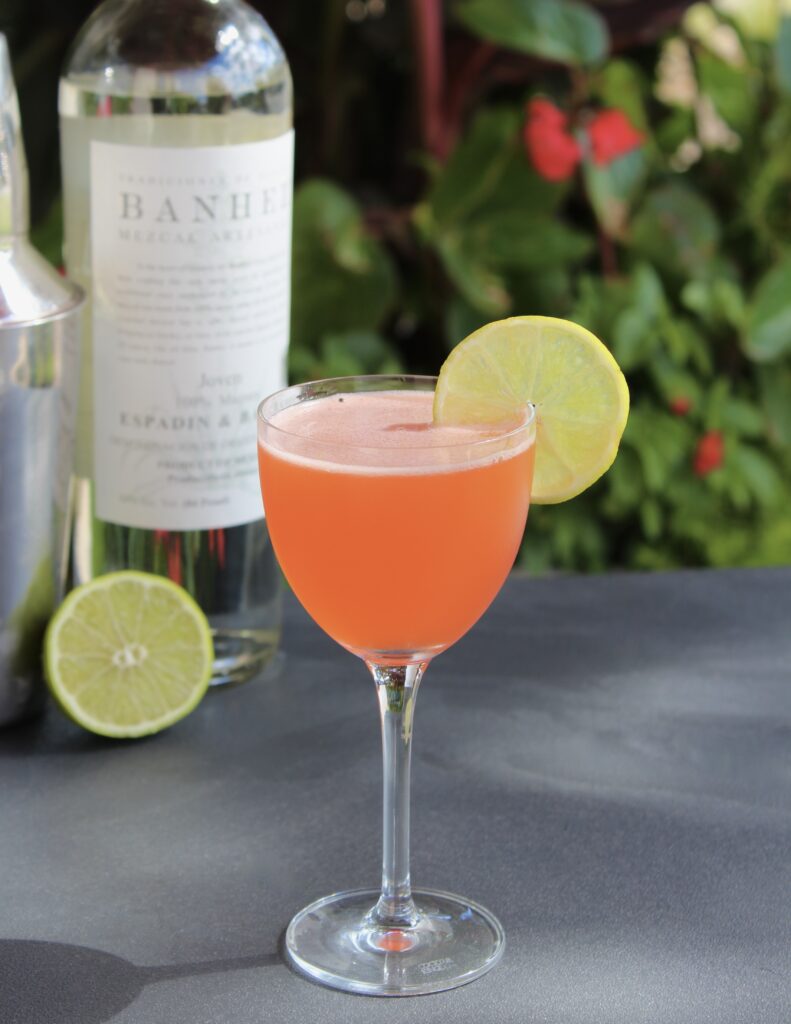
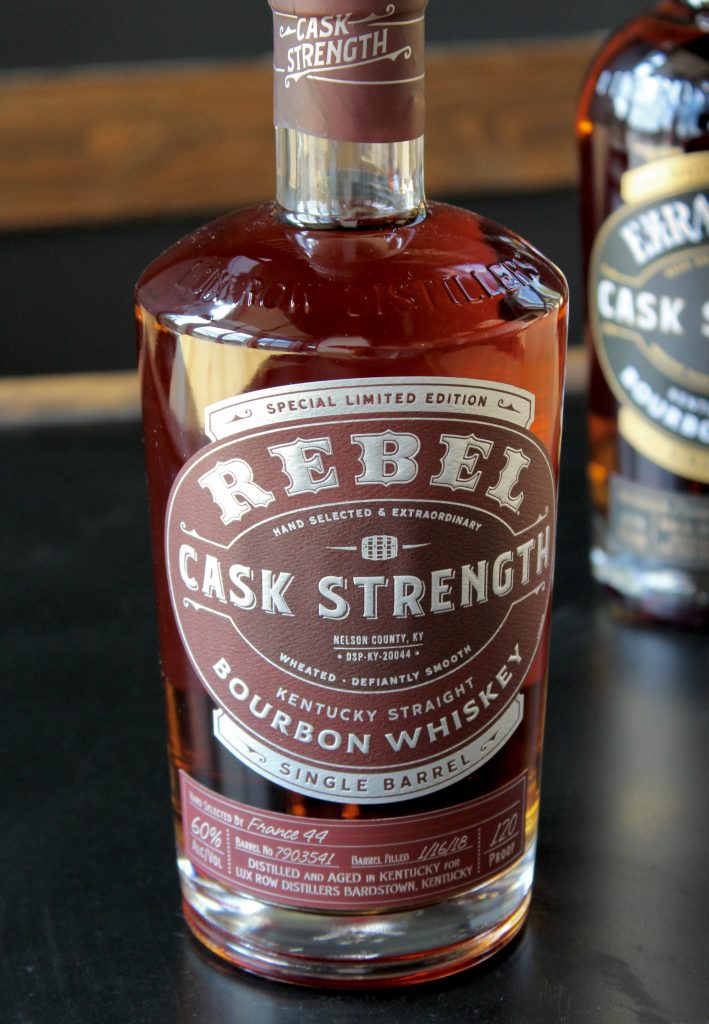
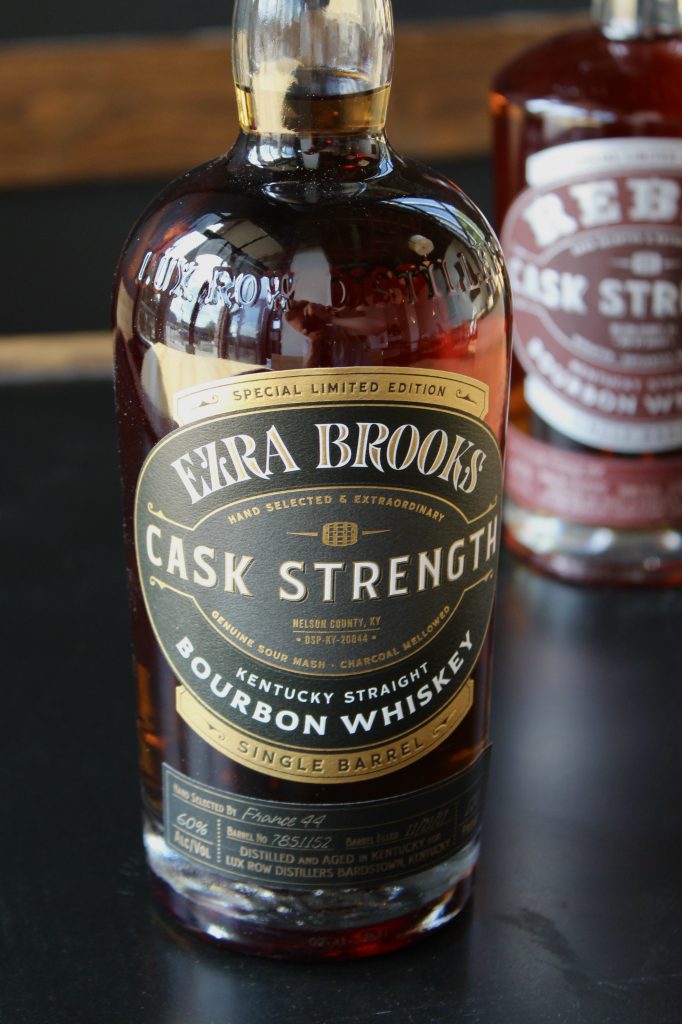
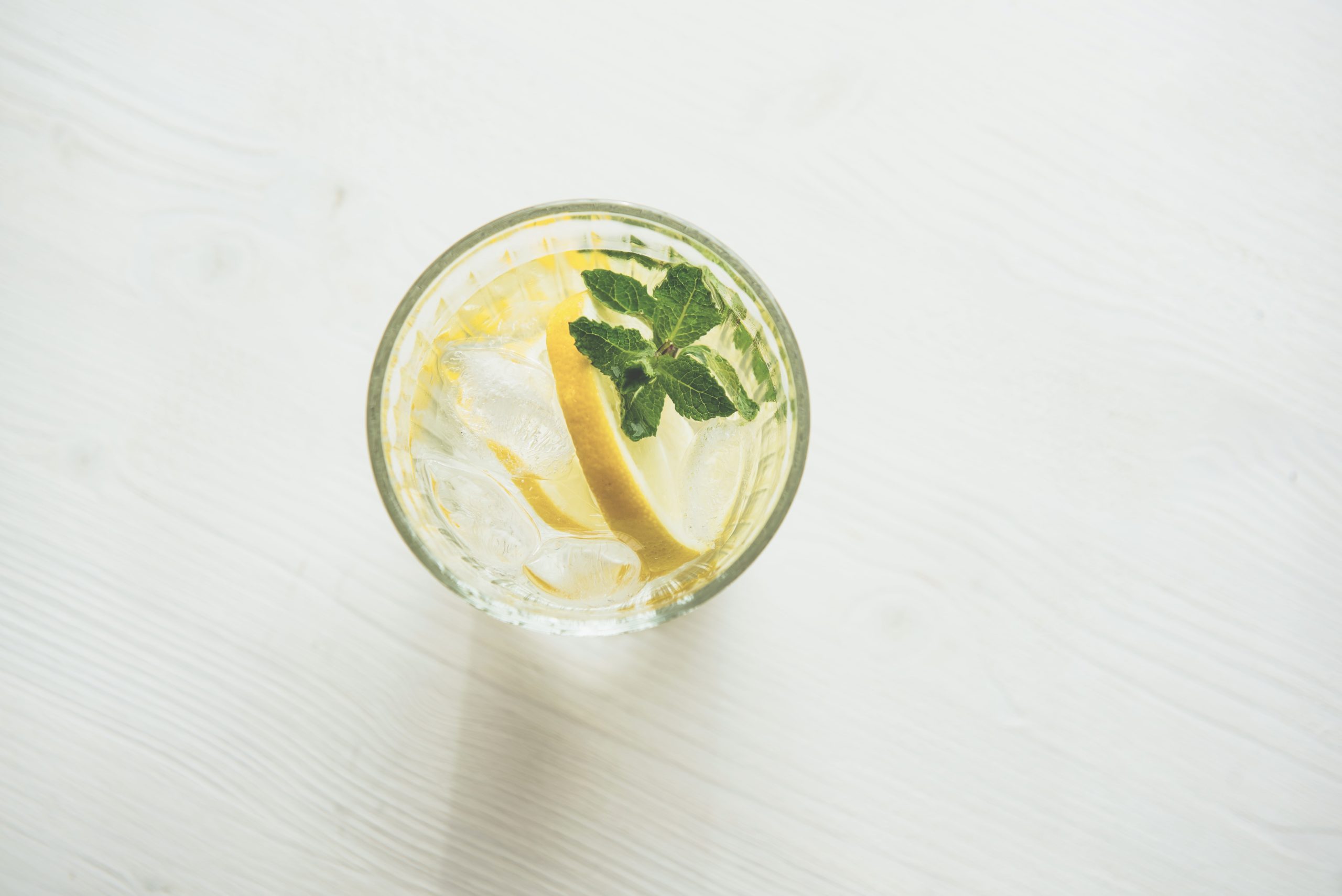
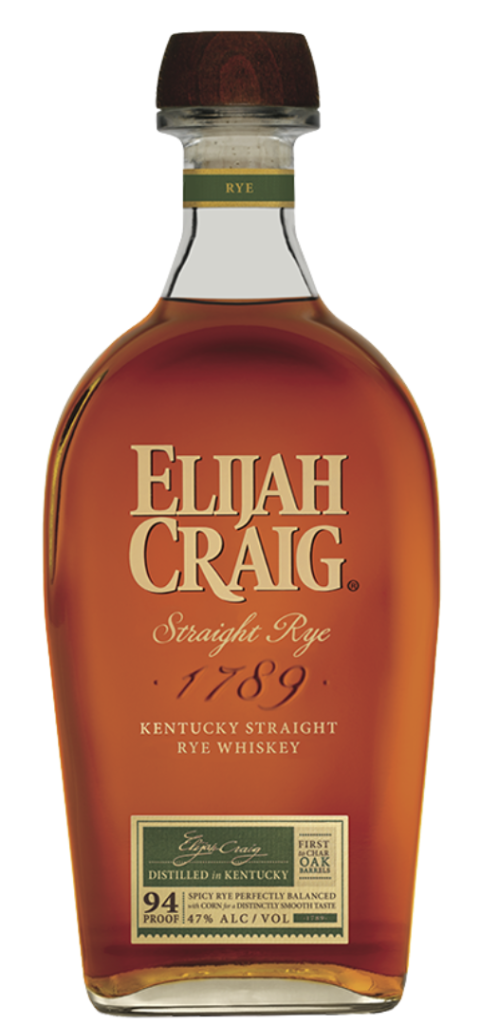
 Our record-breaking eleventh Elijah Craig Single Barrel has arrived! We were lucky enough to pick out our second cask strength barrel of the year. We love to hand select single barrels whenever we get the chance, bringing the highest quality whiskey exclusively to our customers. This eight year old single barrel is filled with dark fruits of raspberry and cherry with a hearty oak back bone. It is an intense 126.7 proof uncut from the barrel and could use and ice cube or a few drops of water for it to open up. We pick out a few dozen single barrels of bourbon and rye a year, hand selecting the best we can find. Upcoming barrels include Ezra Brooks 120 Proof Bourbon, Rebel 120 Proof Wheated Bourbon, Rittenhouse Rye, Stellum Bourbon and Rye, Four Roses, and a Maker’s Mark Private selection.
Our record-breaking eleventh Elijah Craig Single Barrel has arrived! We were lucky enough to pick out our second cask strength barrel of the year. We love to hand select single barrels whenever we get the chance, bringing the highest quality whiskey exclusively to our customers. This eight year old single barrel is filled with dark fruits of raspberry and cherry with a hearty oak back bone. It is an intense 126.7 proof uncut from the barrel and could use and ice cube or a few drops of water for it to open up. We pick out a few dozen single barrels of bourbon and rye a year, hand selecting the best we can find. Upcoming barrels include Ezra Brooks 120 Proof Bourbon, Rebel 120 Proof Wheated Bourbon, Rittenhouse Rye, Stellum Bourbon and Rye, Four Roses, and a Maker’s Mark Private selection. 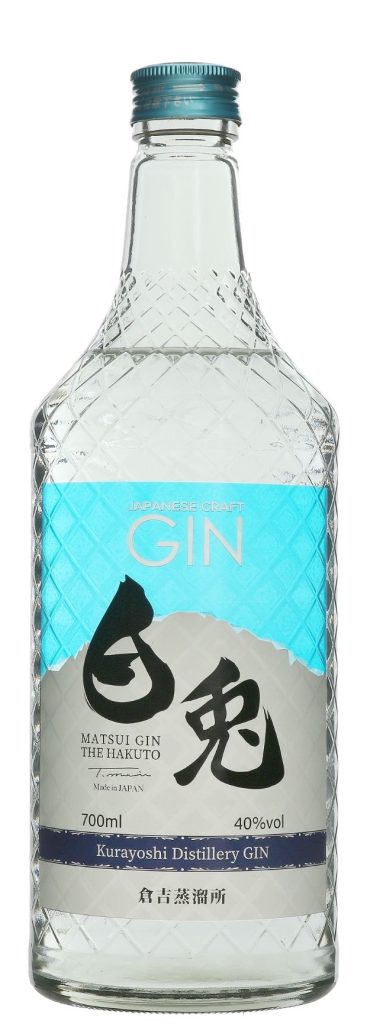
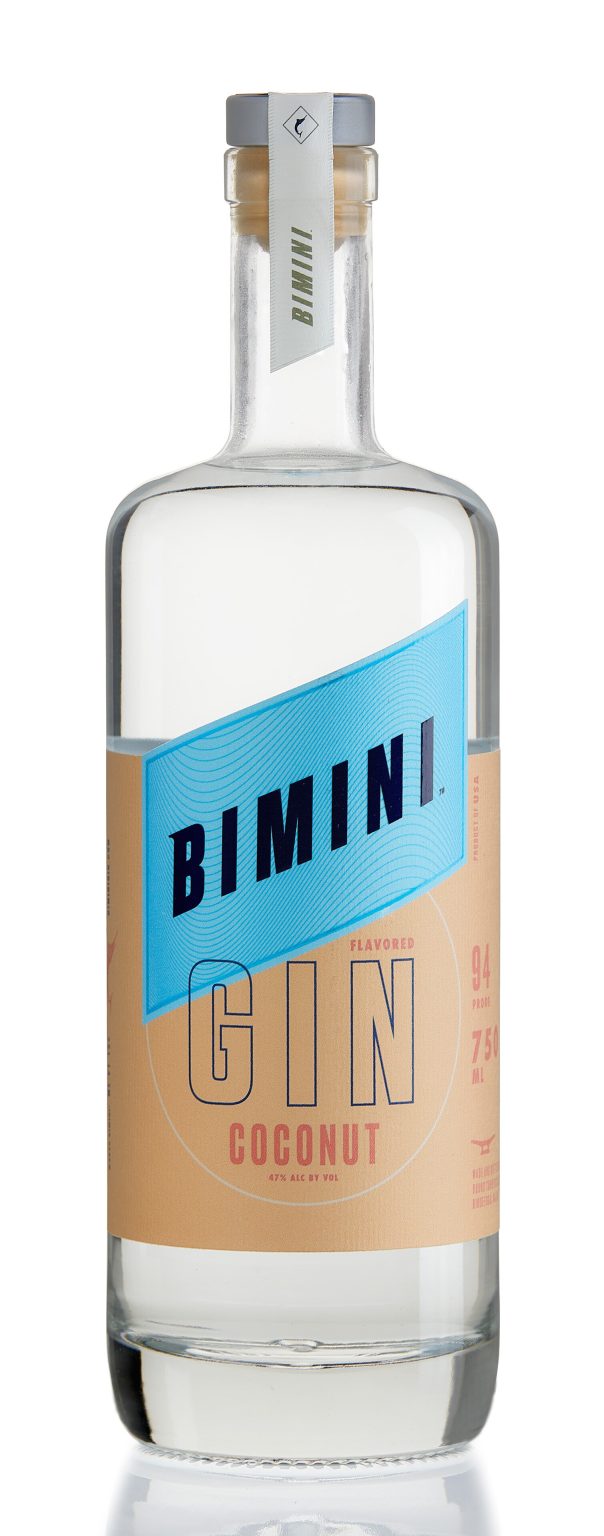
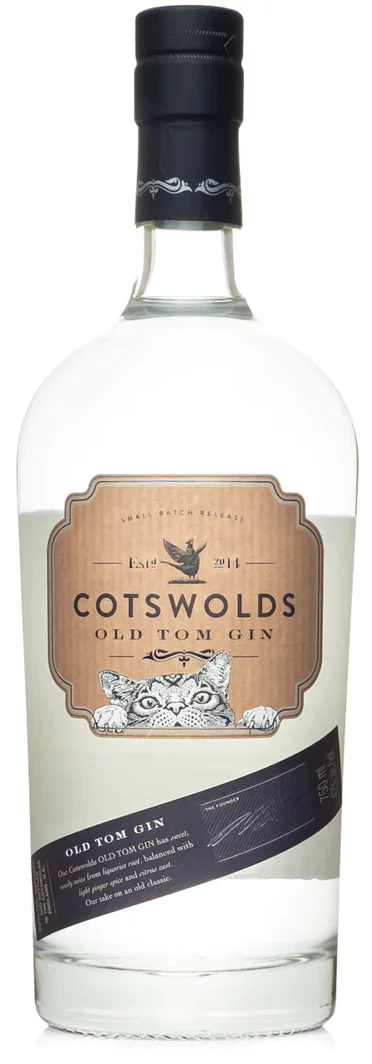
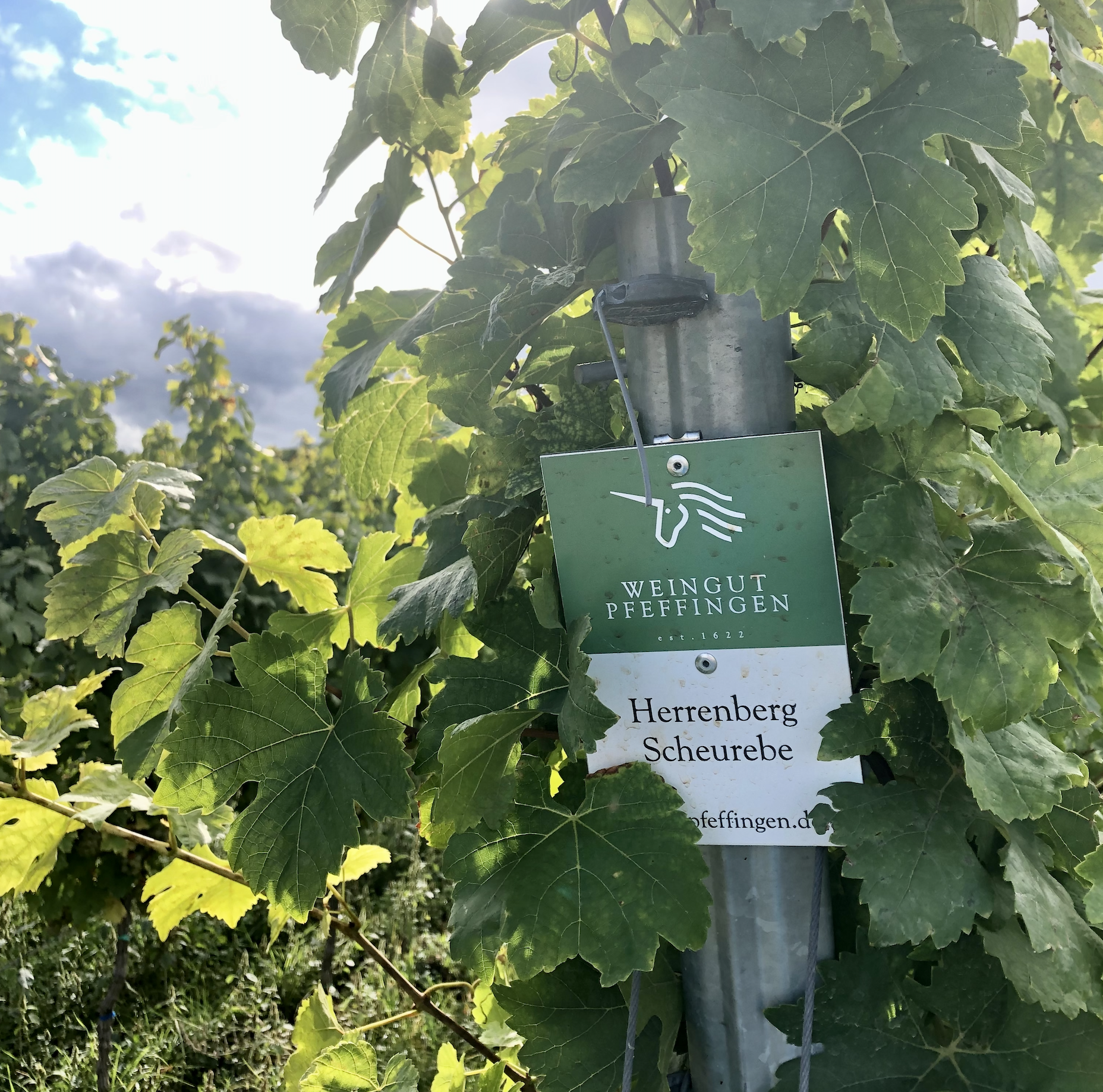
 By Amy
By Amy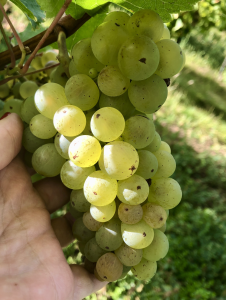 Fortunately, the sun is shining today and I’m going to call it. The time has come. Time to finally put away your winter coat and while you’re at it, put away those winter wines. Let the fresh flavors of spring emerge and carry us through to warmer days.
Fortunately, the sun is shining today and I’m going to call it. The time has come. Time to finally put away your winter coat and while you’re at it, put away those winter wines. Let the fresh flavors of spring emerge and carry us through to warmer days. 
